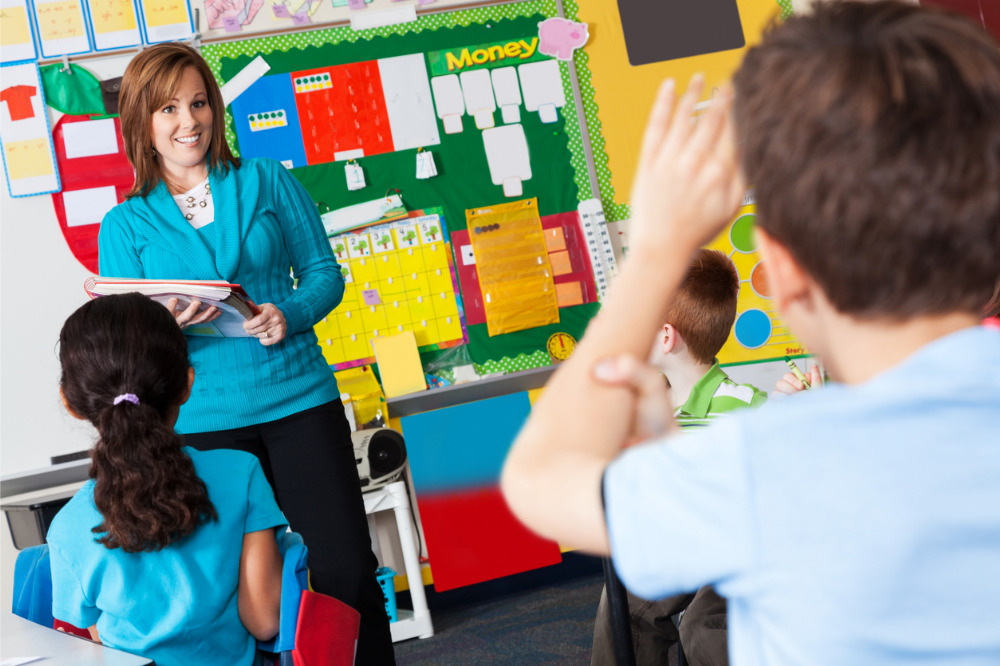
By Jennifer Birch
There is strong evidence to support the claim that a culture of collaboration among teachers leads to improvements in student outcomes. School leaders who embody polyphonic communication, enable an authentic co construction of knowledge and understanding to be created across the school, resulting in high levels of collective teacher efficacy and a shared purpose.
Traditionally the word ‘polyphony’ has been associated with music (the prefix ‘poly’ is of ancient Greek origin meaning ‘many’) and it is used to describe a musical texture comprised of two or more independent melodies or voices which combine to form one piece of music. If we take the musical analogy of polyphony and apply it to education, the result is a polyphonic school where the diverse voices of all teachers work synchronously with leaders to generate ideas, create meaning and enact a single, coordinated, and collective purpose. Diametrically opposed to this is the monophonic school, which is characterised by one dominant voice, superficial opportunities for collaboration, lack of creativity, poor engagement, and low levels of collective teacher efficacy.
The notion of the polyphonic school is grounded in the constructivist theory which views communication as a social process where people construct their reality through engagement with others and by incorporating new learning into their existing schemas to make new meaning. Constructivists emphasise the social world as being made up of multiple voices, perspectives, and subjectivities and highlights how actively engaging in dialogue enables people to construct knowledge rather than just passively receiving information.
Leaders who embed polyphonic communication into their practice use a dialogical approach to explore meaning, question assumptions, build understanding and deepen the insights of all teachers. Knowledge, perspectives, and ideas are mutually negotiated, tested and challenged and the result is the co-construction of shared meaning. Collaborative processes are established to ensure opportunities exist for every teacher to contribute to the joint construction of solutions in a psychologically safe space. School leaders understand that in the polyphonic school, communication is less controlled and predictable than it is in the monophonic school, so they design and embed systems, structures and protocols that encourage and support respectful collaborative dialogue, and they demonstrate openness to innovation and creativity, practice self-reflection and skilfully harness the collective genius of the group. The iterative nature of the polyphonic school and the use of dialogue to co construct meaning enables teachers and leaders to collaborate, innovate and create something new that could not be produced by one person alone, a process which embodies the true meaning of collaboration.
Ways to Foster Polyphonic Communication in Schools
- create a dialogic space where all teachers feel psychologically safe to offer their thoughts and ideas without fear of judgment
- notice dominant voices and consider strategic groupings to encourage new voices to emerge
- introduce frameworks for collaboration to co construct knowledge
- model and promote evaluative thinking and critical reflection
- provide credible information and encourage robust discussion and debate
- unpack and test your own and each other’s assumptions in a respectful way
- analyse and challenge subjectivities and biases as a group
- introduce iterative questioning techniques in groups such as asking ‘why’ multiple times to drill down to the root cause of problems
- encourage and embrace ‘black hat’ thinking (seek objections, identify risks, explore the worst-case scenario, identify barriers and blocks) and seek collective solutions
- generate creativity and innovation by seeking ‘Blue-sky’ thinking
- design authentic opportunities for collaboration and sharing of practice
- acknowledge successes and co construct ‘even better if’ scenarios
For authentic collaboration to exist in schools, all voices must be expressed and heard. The voices may come from different knowledge bases and draw upon different experiences, but just like the polyphonic orchestra where various instruments combine to form one coherent sound, the truly polyphonic school is made up of many different instruments, many varied sounds and an abundance of independent melodies, which when played together, form a synergised tune of collaboration, shared meaning and purpose, collective teacher efficacy and where ‘the whole is far greater than the sum of its parts’.
Jennifer Birch is Principal, School Leadership and External Validation at the NSW Education Department's Metropolitan South School Performance Directorate.


